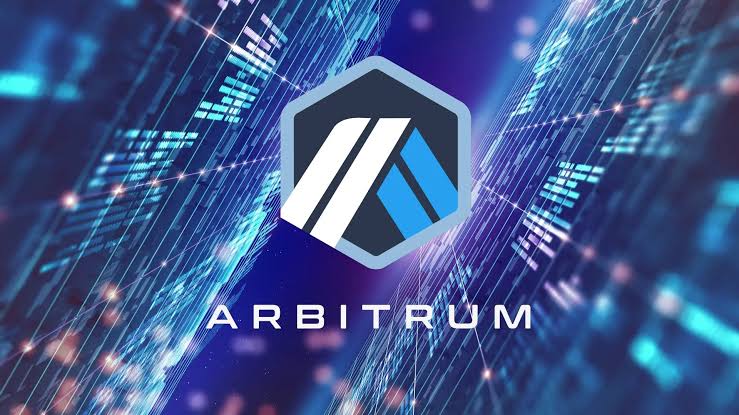The first edition of trading platform GMX’s version 2 went live on Thursday with a modest start that brought in just over $1.2 million for its liquidity pools.
On the Arbitrum layer 2 network, the most well-known decentralised exchange, GMX, offers users a low-cost on-chain interface through which they can trade spot and perpetual futures. The rise of the Ethereum-based Arbitrum, which allowed GMX to provide traders with a service for leveraging leverage to gamble on price movements of significant tokens like bitcoin (BTC) and ether (ETH), is partly responsible for its current popularity.
V2 will coexist with the GMX platform as it is right now.In an effort to encourage trading activity and boost revenue, it increases the list of tradable assets to include alternative currencies like dogecoin (DOGE) at lower costs than version 1.
On V2, individual GMX Market, or GM, pools provide liquidity.Users who lock their tokens on GMX are known as liquidity providers, and they are compensated with a portion of the fees collected through services like leveraged trading, borrowing, and swaps.
Solana (SOL), XRP, Litecoin (LTC), Dogecoin (DOGE), and Arbitrum (ARB) are some of the initial GM pools, along with SOL, XRP, LTC, and DOGE on the Avalanche network.
An index pool token, a short token that backs positions betting on lower prices, and long tokens that back positions betting on higher prices make up a GM pool.
The solana pool is paying 47% as of Friday, while the GM pools for DOGE are paying up to 45% annualised. It is possible for the prices to alter.
The launch of V2 might improve GMX’s standing among traders in a market that is becoming more and more cutthroat.Ultimately, gmx (GMX), the governance token that bears GMX’s name, may gain value due to alluring prizes and greater revenues.
According to DefiLlama data, GMX secures around $447 million on Arbitrum and $74 million on the Avalanche network.The exchange has transacted tokens worth over $117 billion and earned $184 million in fees from just its Arbitrum users.

